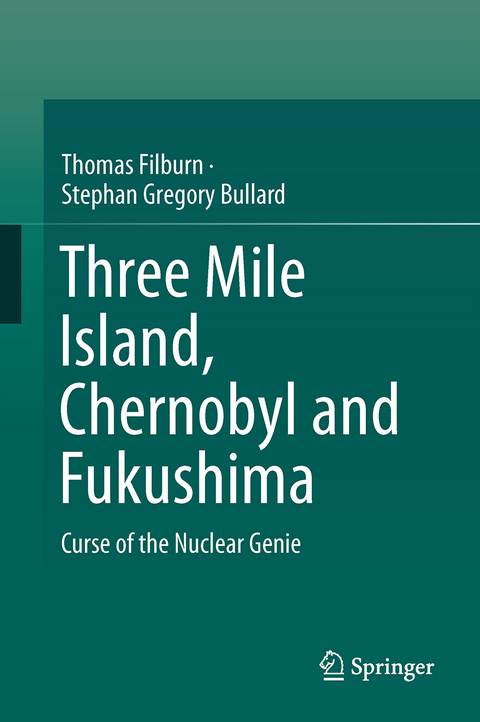Three Mile Island, Chernobyl and Fukushima
Springer International Publishing (Verlag)
978-3-319-34053-1 (ISBN)
Fukushima, Chernobyl and Three Mile Island, How we got there.- Chapter 1. Nuclear Fundamentals.- Chapter 2.Fukushima, design facts.- Chapter 3.Great Japan Earthquake and Fukushima accident history Eg Units 5 & 6 untouched by tsunami, because cliff was not removed for them Ge design, back up turbine/generator in basement Recovery effort status.- Chapter 4.Fukushima Daiichi today.- Chapter 5 BWR design history, why GE, Borax experiments GE, Vallecitos, Dresden GE design duplicated at Fukushima, including diesels in basement.- Chapter 6.Zircalloy clad fuel elements, history, H2O electrolysis at high temp, H2 gen.- Chapter 7. station blackout previously considered non credible accident.- Chapter 8.Chernobyl accident history.- Chapter 9.Graphite moderated reactor Russian history, Chicago pile to weapons production.- Chapter 10.Leningrad and other RBMK problems, precursor to Chernobyl disaster.- Chapter 11.TMI.- Chapter 12. PWR selected because of USnavy preference.- Chapter 13.Conclusion.
| Erscheinungsdatum | 01.11.2016 |
|---|---|
| Zusatzinfo | X, 120 p. 25 illus., 3 illus. in color. |
| Verlagsort | Cham |
| Sprache | englisch |
| Maße | 155 x 235 mm |
| Themenwelt | Naturwissenschaften ► Biologie ► Ökologie / Naturschutz |
| Technik ► Elektrotechnik / Energietechnik | |
| Schlagworte | Chernobyl • Energy • Environmental Management • Fukushima • History of Science • Nuclear disaster • nuclear energy • Steam Generator design • Three Mile Island |
| ISBN-10 | 3-319-34053-0 / 3319340530 |
| ISBN-13 | 978-3-319-34053-1 / 9783319340531 |
| Zustand | Neuware |
| Haben Sie eine Frage zum Produkt? |
aus dem Bereich




